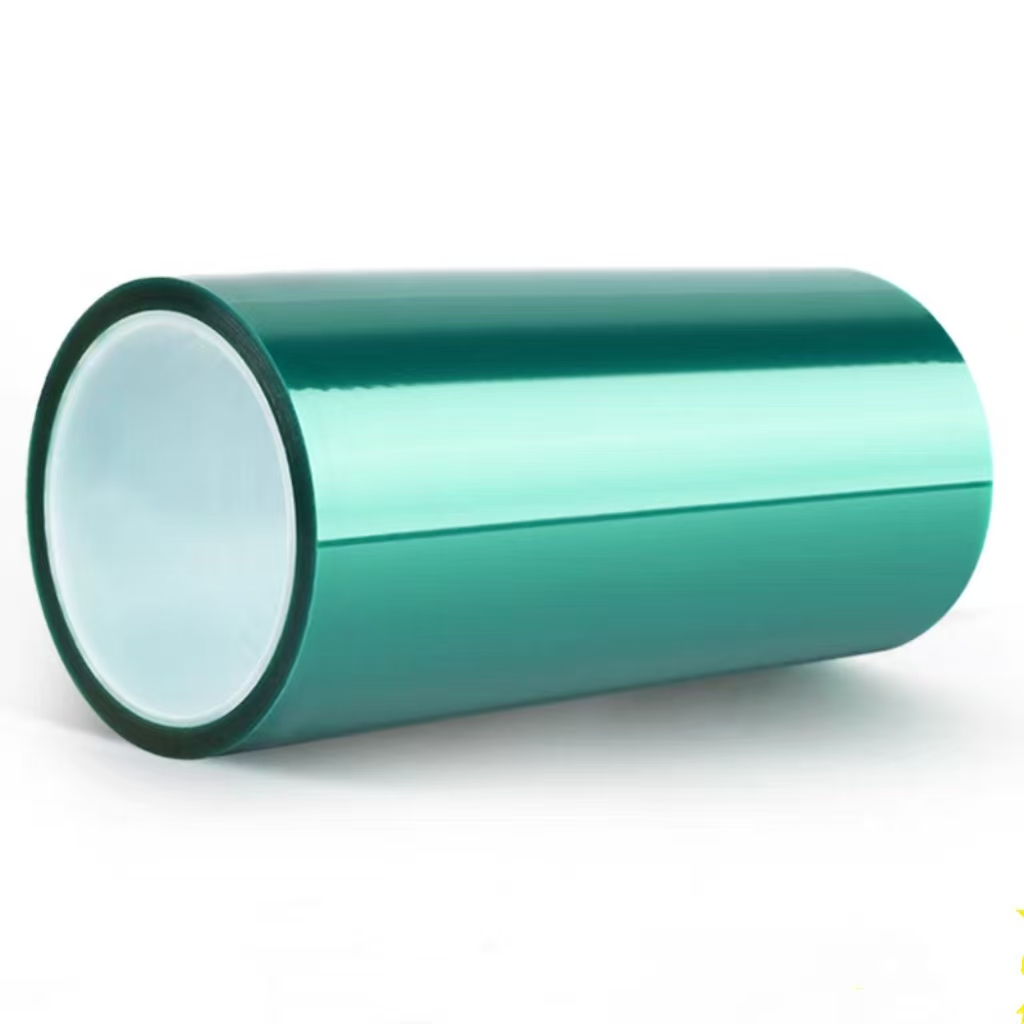Engineering Endurance: PET Labels for Harsh Conditions
In industrial and commercial environments where temperature fluctuations, water exposure, and abrasion are daily realities, selecting the right labeling material is critical. PET labels—particularly those designed to be self-adhesive—offer superior strength, durability, and resistance. This article details how a heat-resistant PET label, PET label weatherproof setup, and heavy-duty label film formulation can ensure labeling longevity in extreme conditions.
1. PET Film Composition and Benefits
PET film is valued for its high mechanical strength, chemical resistance, and thermal tolerance. It is a non-porous plastic base that resists tearing, warping, and discoloration. In applications like machinery tags or chemical containers, PET labels:
- Remain readable under harsh conditions
- Provide long-term adhesive integrity
- Are ideal for printing fine text and barcodes
Its thermal capacity makes it suitable as a heat-resistant PET label in environments above 130°C.
2. Long-Term Weather and UV Resistance
A high-performance PET label weatherproof construction should meet the following criteria:
- UV-protected surface: Prevents fading or breakdown in sunlight
- Waterproof layer: Maintains adhesion through rain or snow
- Stable adhesive: Performs in freeze-thaw cycles
UV-curable coatings or clear laminates enhance weather resistance and extend label lifespan outdoors.
3. Heat Performance in Electronics and Engineering
From control panels to printed circuit boards, PET labels often face prolonged thermal stress. They’re engineered to:
- Maintain structural integrity at 150°C+
- Retain print clarity using heat-resistant inks or ribbons
- Use adhesives that don’t liquefy or delaminate under heat
For oven-assembled parts or electronics, a heat-resistant PET label is essential for safety and compliance.
4. Rugged Adhesive Solutions
Durability also depends on the adhesive used with the PET film. Options include:
| Adhesive Type | Heat Resistance | Moisture Resistance | Best Used For |
|---|---|---|---|
| Acrylic (Solvent-Based) | Excellent | High | Industrial & Automotive Labels |
| Silicone | Superior | Medium | High-temp Electronics |
| Rubber-Based | Moderate | Low | Short-term Indoor Use |
For long-lasting exposure, pairing high-quality acrylic with heavy-duty label film ensures both performance and longevity.
5. Abrasion and Chemical Resistance
PET’s closed surface allows labels to withstand:
- Friction and contact with machinery
- Exposure to cleaning solvents and fuel
- Scratching or label lifting in rugged workflows
This makes PET ideal for asset tags, warning labels, and GHS labels that demand ruggedness.
6. Applications Across Harsh Environments
| Sector | Challenge | PET Label Configuration |
|---|---|---|
| Oil & Gas | Fuel exposure, abrasion | Solvent-print + heavy-duty label film |
| Automotive | Heat under the hood | Heat-resistant PET label + silicone adhesive |
| Outdoor Equipment | Rain, sunlight, dust | PET label weatherproof + UV coating |
7. Testing and Regulatory Compliance
Trusted PET labeling systems comply with:
- UL 969: North American labeling durability standards
- BS5609: Saltwater and marine resistance (essential for GHS drums)
- RoHS & REACH: Material safety for electronics and packaging
Choosing certified materials ensures that the heat-resistant PET label performs under audited environments.
SEO Keywords
heat-resistant PET label, PET label weatherproof, heavy-duty label film
READ MORE:
Telephone: 008613530419893
E-mail:marie@selfadhesivefilm.com
ADDRESS (Shenzhen):903-286, Building A2, Guangming Technology Park, China Merchants Group, Guanguang Road, Fenghuang Community, Fenghuang Street, Guangming District, Shenzhen, Guangdong.
ADDRESS (Dongguan): 3rd Building No.45 Yinhu Road Shishuikou Community,Qiaotou Town, Dongguan, Guangdong.





